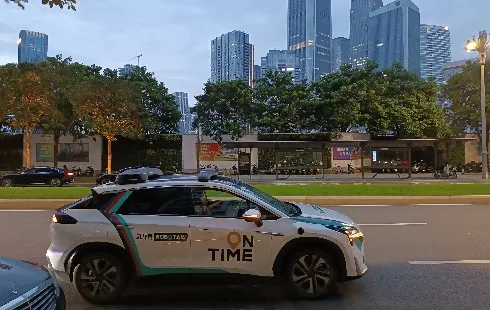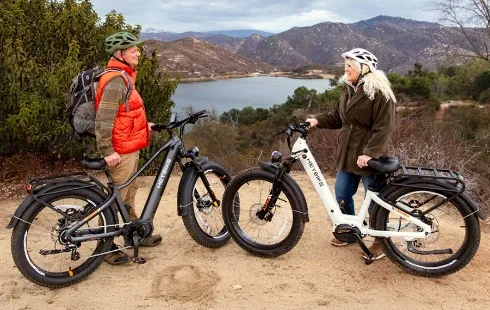
Oktoberfest in the news: How people around see beer's birthday
Section: Arts
NASA's Voyager 1 and Voyager 2, launched in 1977, hold the distinction of being the oldest and most distant spacecraft still operational. These probes have uniquely transcended the boundaries of our solar system, marking a significant milestone in space exploration.
The original mission of the Voyager probes was to conduct a comprehensive survey of the outer planets, completing the ambitious Planetary Grand Tour. They successfully captured stunning images and collected valuable data about Jupiter, Saturn, Uranus, and Neptune, significantly enhancing our understanding of these celestial bodies.
Voyager 2, in particular, provided the first and only close-up observations of the icy giants, while Voyager 1 focused on Titan, Saturn's largest moon, revealing much about this enigmatic satellite.
After their primary planetary missions concluded, the Voyagers transitioned into a new phase of exploration. Having achieved escape velocity, both probes ventured into interstellar space--Voyager 1 in 2012 and Voyager 2 in 2018. This transition was marked by a notable shift in the data received, indicating a diminishing influence from the solar environment and an increasing interaction with the surrounding galactic medium.
Each Voyager spacecraft is equipped with Golden Records, which contain sounds and images meant to portray Earth's diversity and culture to any potential extraterrestrial life that may encounter them.
The longevity of the Voyager probes is primarily attributed to their nuclear power sources. While many space missions rely on solar panels, which become ineffective at greater distances from the sun, the Voyagers utilize radioisotope thermoelectric generators (RTGs) that generate power internally. Each RTG comprises plutonium-238, an isotope that decays over time, producing heat that is converted into electricity.
However, as the plutonium depletes, the energy output of the RTGs diminishes, signaling the gradual end of the probes' operational capabilities. Typically, these nuclear power systems have a maximum effective lifespan of about 60 years.
To preserve the remaining energy, NASA's mission team has begun to deactivate some instruments aboard the probes. For instance, Voyager 2's plasma science instrument was powered down recently to conserve energy, following a similar fate for Voyager 1's instrument in 2007 due to a malfunction. Currently, four instruments remain operational, including a magnetometer, which continues to gather data on the interstellar environment, such as cosmic rays and magnetic fields.
As the years progress, the depletion of energy resources will inevitably lead to the cessation of all probe functionalities. Although it is difficult to predict the exact timeline, both spacecraft are expected to reach this critical point within the next decade.
The Voyager missions have not only expanded our knowledge of the solar system but have also laid the groundwork for future interplanetary explorations. The data collected by these pioneering probes continues to influence and inspire subsequent missions aimed at further unraveling the mysteries of our universe.

Section: Arts

Section: Business

Section: Business

Section: Arts

Section: Health

Section: Arts

Section: News

Section: News

Section: Arts

Section: Business
Health Insurance in Germany is compulsory and sometimes complicated, not to mention expensive. As an expat, you are required to navigate this landscape within weeks of arriving, so check our FAQ on PKV. For our guide on resources and access to agents who can give you a competitive quote, try our PKV Cost comparison tool.
Germany is famous for its medical expertise and extensive number of hospitals and clinics. See this comprehensive directory of hospitals and clinics across the country, complete with links to their websites, addresses, contact info, and specializations/services.
One of the most beautiful squares transforms into a summer stage every year for two days. The Gärtnerplatz Open-Air features a free music and cultural program across three stages, as well as street food from local vendors. On Saturday, the main stage at Gärtnerplatz offers something for everyone,...



No comments yet. Be the first to comment!